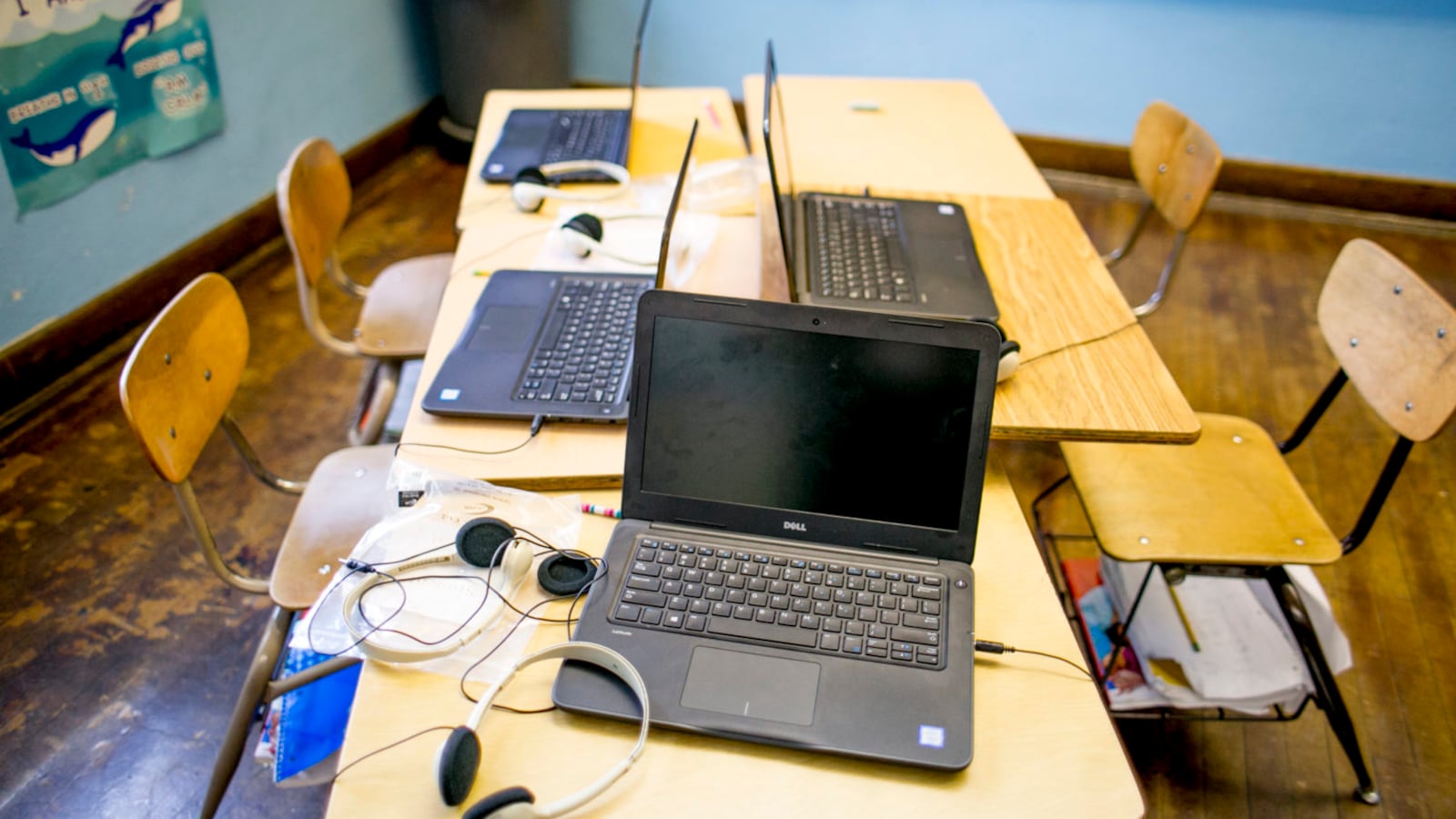A third of Michigan’s K-12 public school students have no access to the technology that would better help them continue learning through the statewide shutdown of school buildings during the coronavirus pandemic.
That works out to as many as 500,000 students who don’t have internet access or a computer at home, said Venessa Keesler, a deputy superintendent with the Michigan Department of Education.
Keesler provided that data during the monthly meeting of the State Board of Education, which is being held virtually today.
The data provides a sobering look at the technology gap across the state. In some areas, only 25% of the students have access, while in other areas, the percentage is as high as 90%.
The conclusions were based on a survey completed by 37 of the state’s 56 intermediate school districts and reflect the experiences of 1.05 million students in the state. In total, the state’s public schools educate about 1.5 million students.
Keesler said the state education department is working with the governor’s office on a task force to “identify the current gap and come up with solutions to address that divide.” A survey that will provide more specific information about the technology divide for both students and teachers is underway.
The digital divide “has always been there,” said Casandra Ulbrich, president of the state board. “We’ve always known about it. Now, it’s taken on a whole new meaning.”
“It would be a shame not to use this as an opportunity to try to address this divide,” Ulbrich said.
Significant technology gaps are why there is so much variation across the state in how school districts and charter schools are educating students during the shutdown. Wealthier districts with more resources have been able to replicate their in-person learning online, while districts with fewer resources are providing a combination of printed academic packets and online learning.
Gov. Gretchen Whitmer’s order shutting school buildings through the end of the school year requires some type of remote learning to take place, though she leaves it up to each district to determine how to comply with the order.
“They are doing the very best they can to support learning for students,” said Sheila Alles, chief deputy superintendent.
“In the short run what we’ve said to local school districts is your job is to do the very best you can. If that means migrating to an entirely virtual learning environment, beautiful,” State Superintendent Michael Rice said.
If a district is only able to provide paper, pencils, and books, “You can’t be held accountable for the absence of resources that were never there to begin with.”
Longer term, though, Rice said that what passes as acceptable now won’t be as acceptable in six months, if another wave of the outbreak impacts schools.
“We have a responsibility the next six months to build a system that is more capable of handling this,” Rice said.

